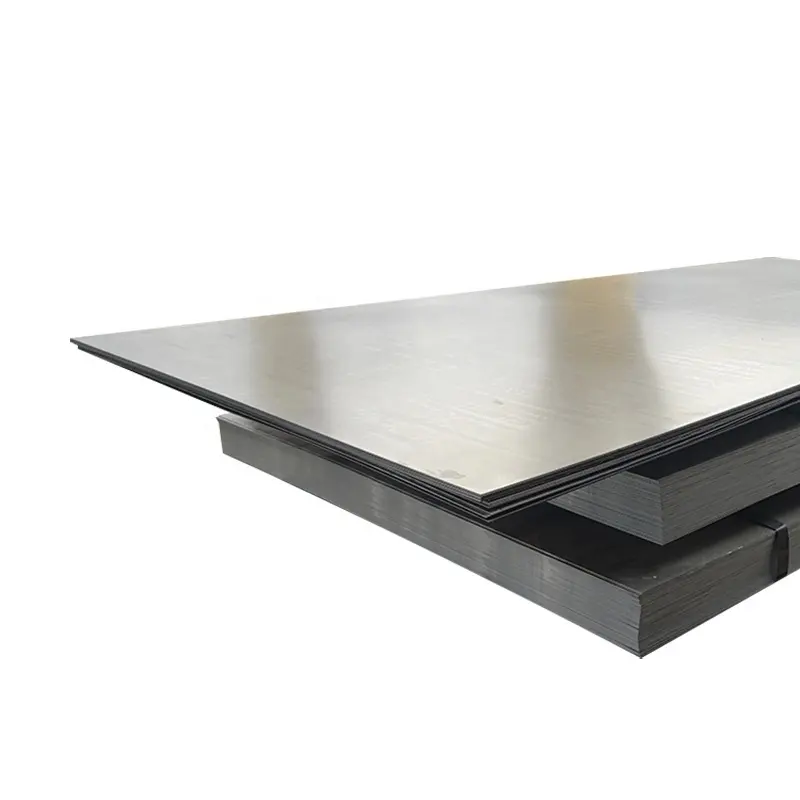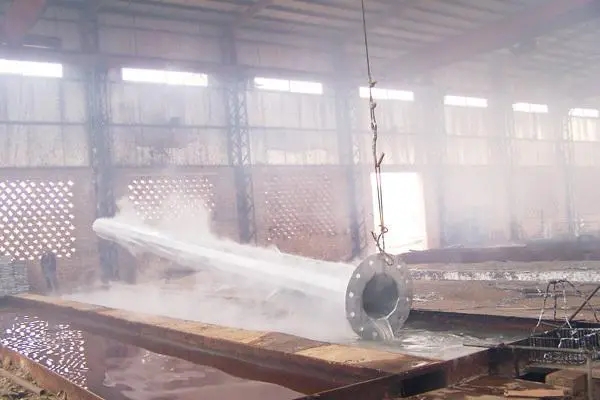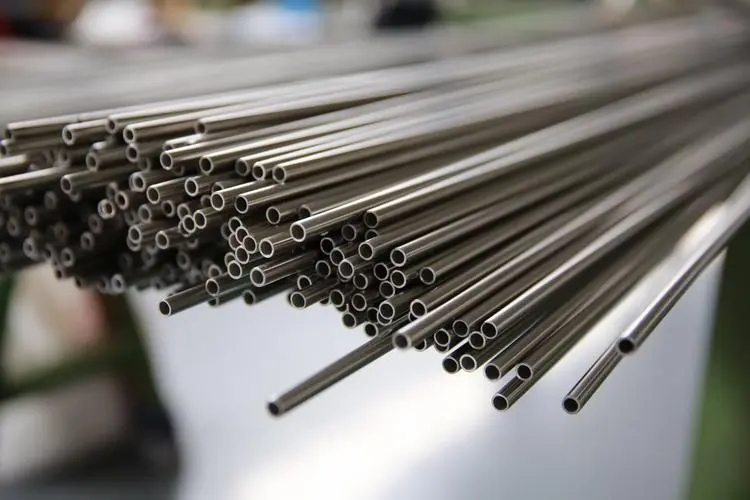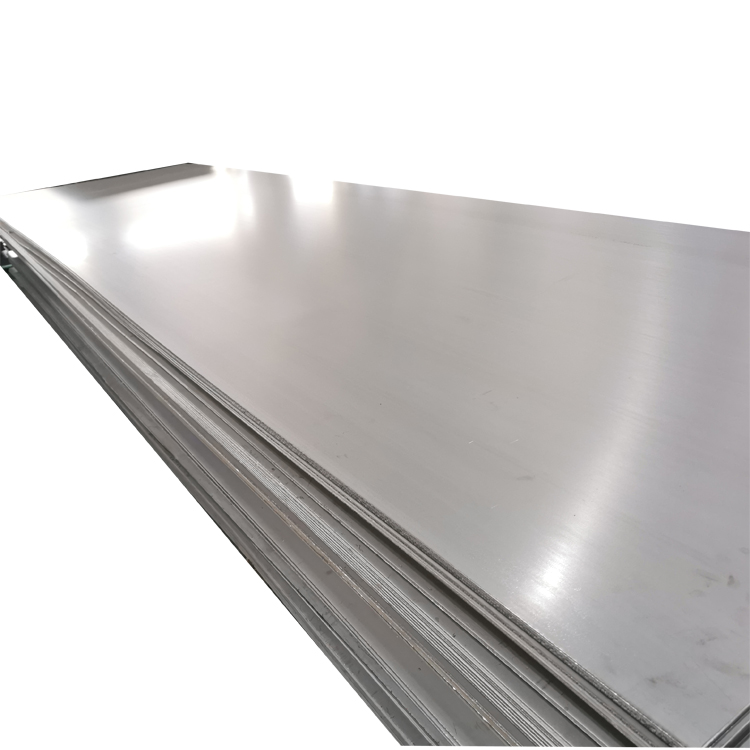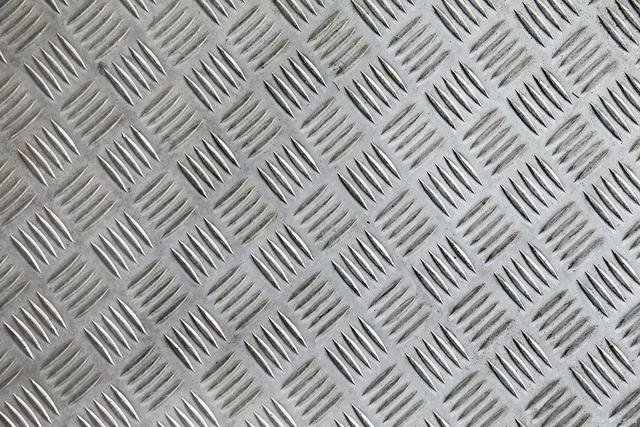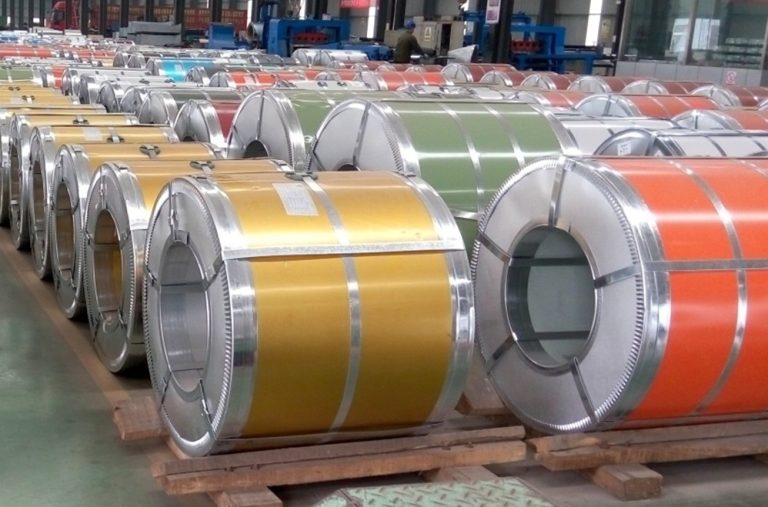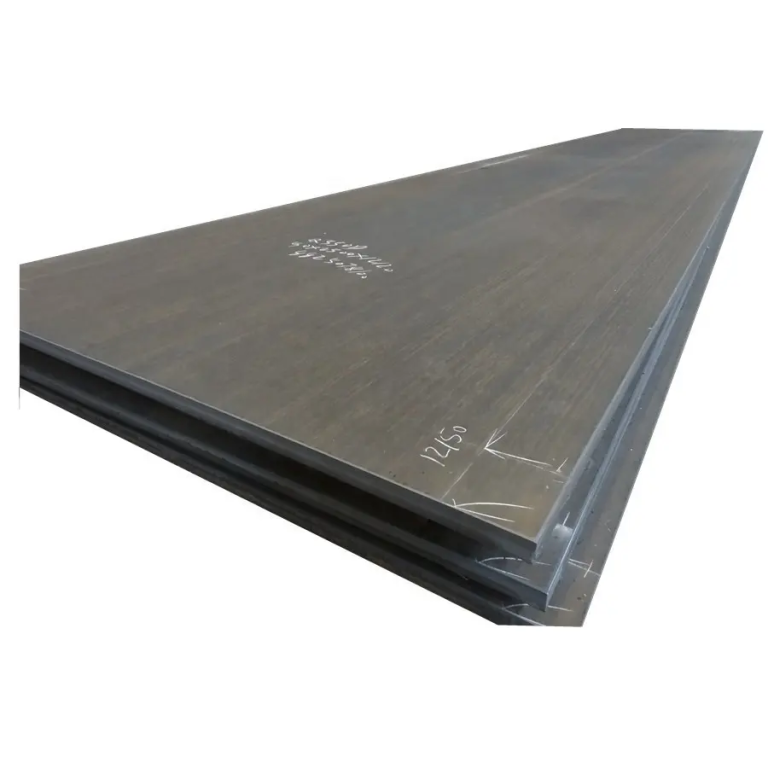Hot-rolled steel plates and cold-rolled steel plates are two common steel products. The difference between them lies in the different production processes, as follows:
1. Production temperature: Hot-rolled steel plates are produced at high temperatures, usually above 1,000 degrees Celsius; while cold-rolled steel plates are produced at room temperature.
2. Surface finish: Since hot-rolled steel plates are produced at high temperatures, their surfaces are rough and have defects such as oxide scales; while cold-rolled steel plates have smooth surfaces and no defects such as oxide scales.
3. Mechanical properties: Due to different production processes, the mechanical properties of hot-rolled steel plates and cold-rolled steel plates are also different. Generally speaking, hot-rolled steel plates have higher strength and toughness, but poor plasticity; while cold-rolled steel plates have better plasticity, but relatively lower strength and toughness.
4. Different uses: Due to differences in mechanical properties and surface finish, hot-rolled steel plates and cold-rolled steel plates are also used in different situations. Hot-rolled steel plates are usually used in heavy-duty structures, pressure vessels and other fields; while cold-rolled steel plates are suitable for automobiles, home appliances, construction and other fields.
In addition, the mechanical properties of hot-rolled steel sheets are better than those of cold-rolled steel sheets, especially in terms of strength and plasticity. Since hot-rolled steel plates require high temperatures during processing, their grain size is also larger and their crystal structure is looser, which makes them have better toughness and plasticity. Cold-rolled steel plates, on the other hand, are processed at room temperature and have smaller grain sizes and tighter crystal structures, so they have higher strength and hardness.
In general, hot-rolled steel plates and cold-rolled steel plates each have their own advantages and disadvantages.

